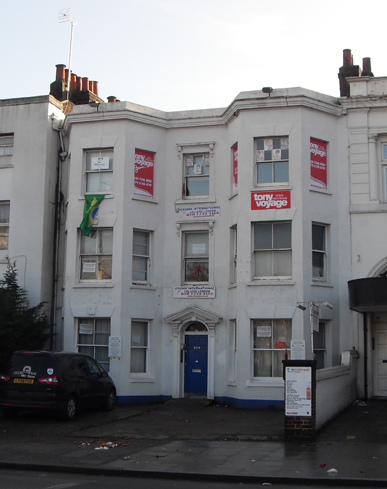S. H. J. Sore
Service no. 614318
Private, London Regiment, 2nd/19th Battalion, formerly 5508, 9th London Regiment
Born in Clapham; enlisted at Oxford Street, London; lived in Clapham
Killed in action on 22 March 1918, aged 22
CWGC: “Only son of Alfred Harry and Mary Emma Sore, of 8 Larkhall Lane, Clapham, London. Served also in France and Salonika.”
Remembered at Jerusalem War Cemetery, Israel
Information from the censuses
Sydney Herbert John Sore, 15, was an architect’s clerk, born in Clapham. His father, Alfred Sore, 48, was a solicitor’s clerk born in South London; his mother, Mary Emma Sore, 40, was from Tuddenham, Suffolk. Kathleen Mary Sore, Sydney’s 7-year-old sister, was born in South Lambeth. The family lived at 8 Larkhall Lane, Stockwell. Ten years previously, they lived next door at 10 Larkhall Lane. They shared their home with Mary’s brother, Ernest Daniel Aldous, 25, a single warehouseman born in Peckham.

